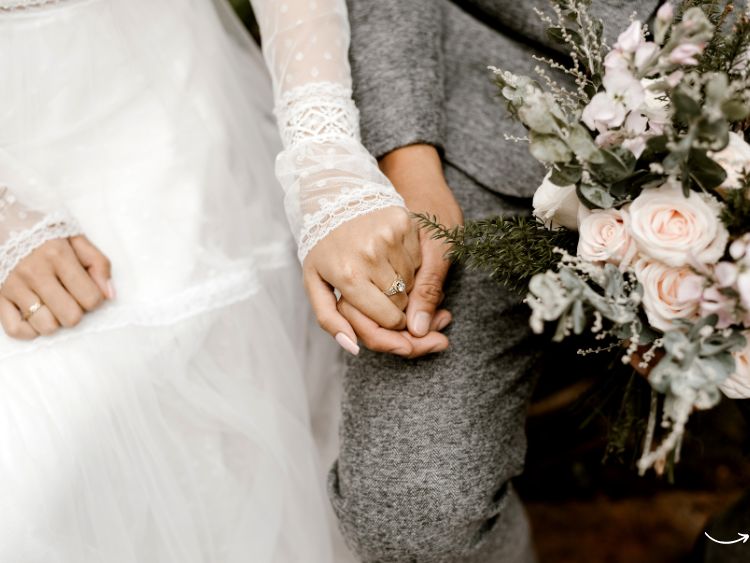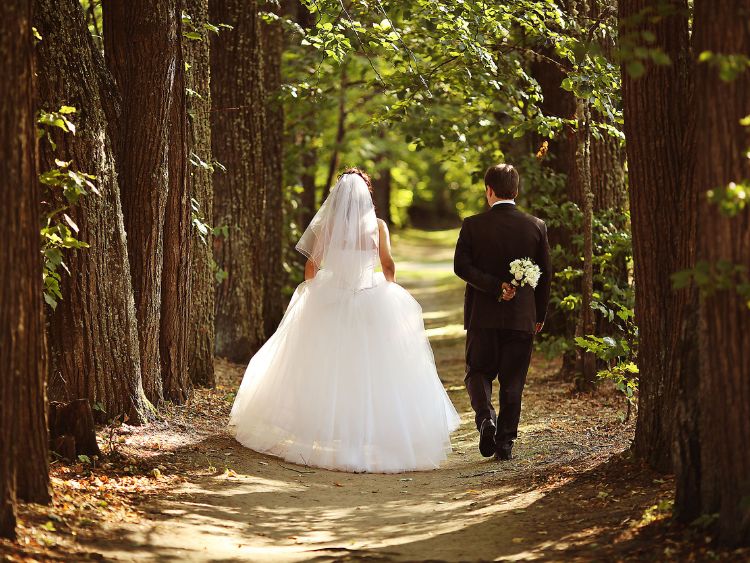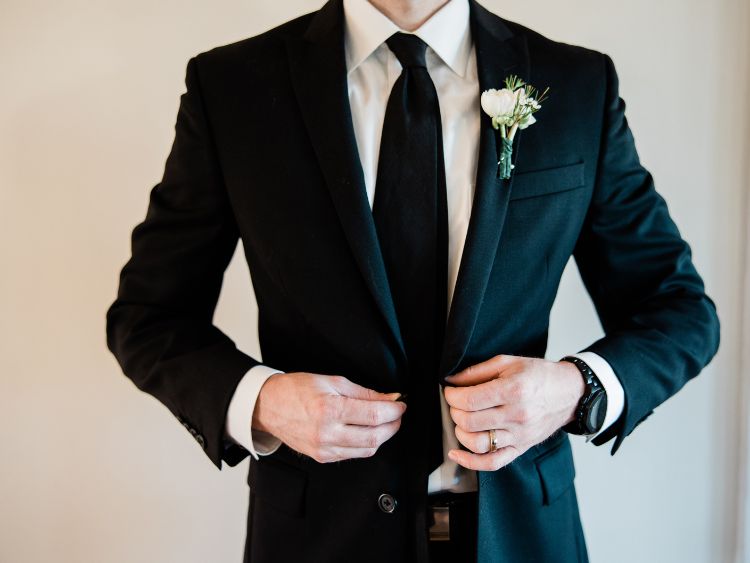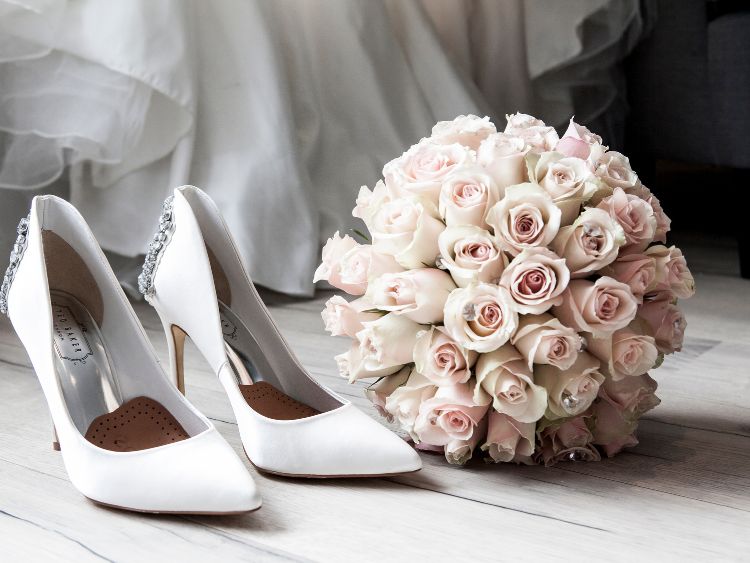Tuxedo vs Suit: What’s the Difference and Which One is Right for You?
When it comes to formal wear, the debate between a tuxedo and a suit has been ongoing for years. Whether you’re gearing up for a wedding, a black-tie event, or an important business meeting, choosing the right attire is crucial. But what’s the real difference between a tuxedo and a suit? And more importantly, which one should you wear for your next big occasion? Let’s dive into the details and settle the tuxedo vs suit debate once and for all.
What Defines a Tuxedo?
A tuxedo, often referred to as a “tux,” is the epitome of formal evening wear for men. Traditionally, tuxedos are worn to black-tie events, and they come with specific features that distinguish them from regular suits.
Key Characteristics of a Tuxedo:
- Satin Accents: One of the most distinguishing features of a tuxedo is the satin details. You’ll typically find satin on the lapels, buttons, and a stripe down the side of the trousers. These shiny accents are what make a tuxedo stand out.
- Bow Tie: A tuxedo is almost always paired with a bow tie rather than a necktie. The bow tie complements the formal nature of the tuxedo, adding to its classic appeal.
- Dress Shirt: The shirt worn with a tuxedo is usually a pleated or pique front shirt with a wing or turndown collar. French cuffs are a must, often adorned with cufflinks.
- Formal Footwear: Patent leather shoes are the traditional choice when it comes to tuxedo footwear. They add an extra level of shine and elegance.
- Cummerbund or Waistcoat: Tuxedos are often accompanied by a cummerbund or waistcoat. These accessories are designed to cover the waistband of the trousers and are usually made of the same satin fabric.
The Versatility of a Suit
A suit, on the other hand, is a more versatile option that can be worn for a variety of occasions, from business meetings to less formal social events. Suits come in various styles, fabrics, and colors, allowing for greater personalization.
Key Characteristics of a Suit:
- No Satin Details: Unlike a tuxedo, a suit does not have satin accents. The lapels, buttons, and trousers are all made from the same fabric as the rest of the suit.
- Necktie or No Tie: Suits are typically paired with a necktie, though it’s not uncommon to see them worn without a tie altogether, depending on the formality of the event.
- Dress Shirt: The dress shirt worn with a suit is usually more versatile, often in solid colors or subtle patterns. Unlike tuxedo shirts, suit shirts are less formal and come in a broader range of styles.
- Footwear: Suits are paired with regular dress shoes, such as Oxfords or brogues. The choice of shoes can vary based on the occasion and the style of the suit.
- No Waistband Covering: Suits typically do not include a cummerbund or waistcoat, although a vest can be added for a three-piece look.
When to Wear a Tuxedo vs a Suit?
Knowing when to wear a tuxedo versus a suit can save you from a potential fashion faux pas. Here’s a quick guide:
When to Wear a Tuxedo:
- Weddings: Particularly evening weddings or black-tie weddings. If the invitation says “black-tie,” a tuxedo is non-negotiable.
- Gala Events: Black-tie galas or charity events are prime occasions for tuxedos.
- Formal Dinners: Some upscale restaurants and formal dinners may require or suggest a tuxedo.
When to Wear a Suit:
- Business Meetings: A well-tailored suit is perfect for corporate environments and business meetings.
- Daytime Events: Suits are more appropriate for daytime weddings, luncheons, or less formal gatherings.
- Job Interviews: A suit conveys professionalism and is the go-to choice for interviews across various industries.
How to Choose Between a Tuxedo and a Suit
So, tuxedo vs suit – which one should you choose? The answer largely depends on the event you’re attending, but here are a few additional considerations:
- Formality: If the event is highly formal, lean towards a tuxedo. For less formal events, a suit is more appropriate.
- Personal Style: Some men feel more comfortable in a suit due to its versatility and the variety of styles available. Others might prefer the timeless elegance of a tuxedo.
- Budget: Tuxedos are generally more expensive than suits, and they often require additional accessories (like a bow tie and patent leather shoes). If you’re on a budget, a suit may be the more practical option.
- Frequency of Use: Consider how often you’ll wear the attire. If you have multiple formal events lined up, investing in a tuxedo might make sense. However, if it’s a one-time affair, renting a tuxedo or sticking with a suit might be more economical.
The Evolution of Tuxedos and Suits
The tuxedo vs suit debate isn’t just about style – it’s also about history. Tuxedos and suits have both evolved over the years, adapting to changes in fashion while retaining their core elements.
The Tuxedo:
- Originating in the 19th century, the tuxedo was first introduced as a less formal alternative to the tailcoat. Its design has remained relatively consistent, though modern variations include slim-fit tuxedos and different color options, like midnight blue.
The Suit:
- Suits have a more varied history, with roots in military uniforms and court dress. Over the decades, suits have undergone numerous transformations, from the broad-shouldered designs of the 1940s to the slim, tailored fits popular today.
FAQs about Tuxedo vs Suit
Q: Can you wear a tuxedo to a daytime event?
A: It’s generally not recommended. Tuxedos are designed for evening wear, and wearing one during the day might seem out of place. Opt for a suit instead.
Q: What’s the difference between a tuxedo and a suit in terms of accessories?
A: Tuxedos are typically accessorized with satin bow ties, cummerbunds, or waistcoats, and patent leather shoes. Suits, on the other hand, are paired with neckties, regular dress shoes, and optional vests.
Q: Is it acceptable to wear a necktie with a tuxedo?
A: Traditionally, tuxedos are worn with bow ties. While some modern interpretations allow for a necktie, it can detract from the formal elegance of the tuxedo.
Q: Can you rent a tuxedo or a suit?
A: Yes, both tuxedos and suits can be rented. Renting is a cost-effective option if you don’t anticipate wearing the attire often.
Q: How should a tuxedo or suit fit?
A: Both should fit snugly but comfortably. The shoulders should align with your own, and the trousers should have a slight break at the shoes.
Conclusion: Tuxedo vs Suit – Making the Right Choice
The tuxedo vs suit debate boils down to the event, your personal style, and how often you’ll wear the attire. Tuxedos are the go-to for formal evening events, offering a classic and polished look. Suits, on the other hand, provide versatility and are suitable for a range of occasions, from business meetings to less formal gatherings.
When in doubt, consider the formality of the event and your comfort level. Whether you opt for the timeless elegance of a tuxedo or the versatile appeal of a suit, wearing the right attire will ensure you look and feel your best.
Authoritative Links:
- https://www.blacktieguide.com/Classic/History_of_Tuxedos.htm
- https://www.gq.com/story/tuxedo-vs-suit-difference
- https://www.realmenrealstyle.com/tuxedo-vs-suit
- https://www.themodestman.com/tuxedo-vs-suit/
This article not only provides a comprehensive comparison of tuxedos and suits but also equips you with the knowledge to make an informed decision for your next big event. Whether you’re stepping into the world of formal wear for the first time or looking to upgrade your wardrobe, understanding the key differences will help you choose the right outfit with confidence.



